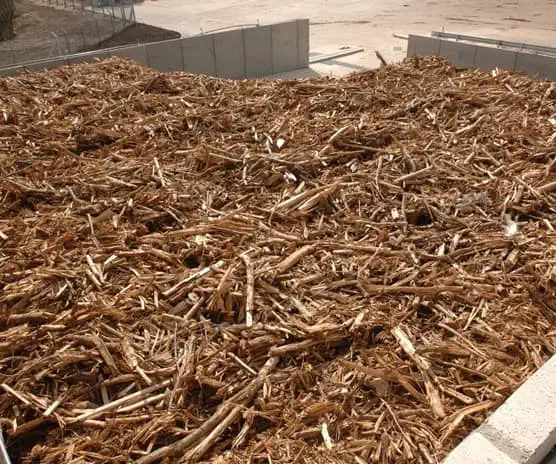Changes in wood waste regulations set to impact the construction and demolition industry
What’s changing?
The Environment Agency (EA) has confirmed the withdrawal of the Regulatory Position Statement (RPS) 250 effective from 1st September 2023. This decision will lead to changes in waste wood handling regulations from the construction and demolition (C&D) industry.
RPS 250 currently allows potentially hazardous waste wood items from the C&D industry to be moved and processed as non-hazardous. However, after extensive testing by the Wood Recyclers Association (WRA) to determine hazardous waste content in wood items, the EA has decided to withdraw RPS 250 starting from 1st September 2023.
This means that certain waste wood categories which would previously be sent to wood recyclers will now be classified as hazardous waste unless analysed to prove their non-hazardous nature and will need to be disposed of accordingly at a suitably permitted facility.
What you need to do
Hazardous and potentially hazardous waste wood items from pre-2007 structures or waste classed as Grade D wood waste will need to be segregated and marked as hazardous waste. Download the guide below to ensure you comply with the new regulations.

A guide to changes in wood waste regulations
What are the exceptions?
Following the withdrawal of RPS 250, the EA has responded to concerns regarding the disposal of ‘amber’ waste wood by releasing RPS 291.
RPS 291 offers a practical solution for managing potentially hazardous ‘amber’ waste wood, which includes:
- Amber waste wood items from buildings built between 1950 and 2006 that are: roof timbers, tiling and cladding battens, timber frames, joists.
- Amber waste wood items from buildings built between 1950 and 1995 that are: barge boards, fascia, soffits, external timber cladding, doors, and windows.
RPS 291 allows the temporary storage and processing of amber waste wood from domestic premises, demolition sites, or other buildings as non-hazardous, provided it undergoes quarterly WRA 02 testing, and the results are shared with the WRA. Producers are allowed to treat and mix amber waste wood with non-hazardous wood at a wood processing site, provided it is then moved as non-hazardous waste under a waste transfer note (WTN).
This means that producers still need to test amber materials but will no longer have to test every item or consign them as hazardous to be compliant.
All amber waste wood must also be sent to permitted incinerators or co-incinerators that are compliant with the Industrial Emissions Directive Chapter IV; alternatively, producers can ensure that this type of waste ends up being used for the manufacture of engineered or composite board,
It's important to note that hazardous Grade D wood remains outside this scope, requiring specific handling, segregation, and marking as hazardous waste. Download this useful WRA guide to understand how to sample and test your waste wood.
For more information visit the WRA website